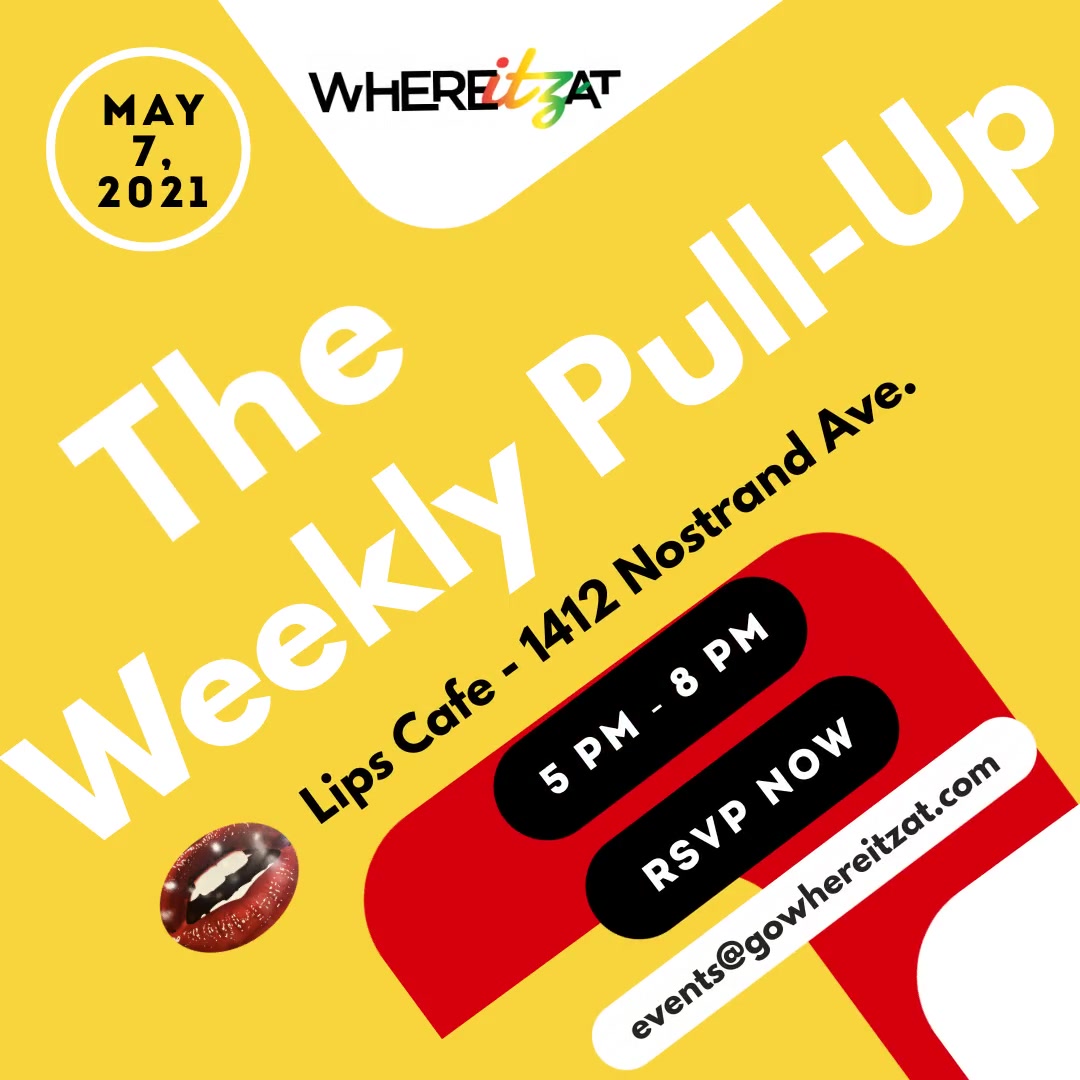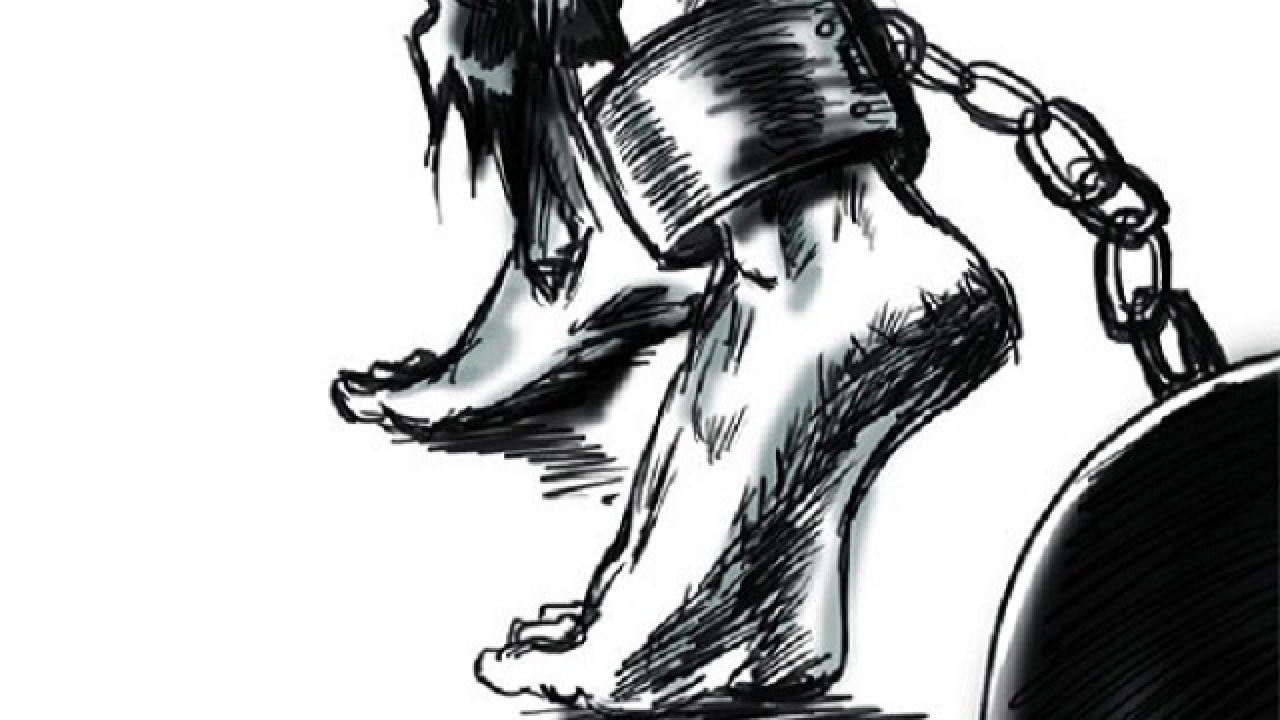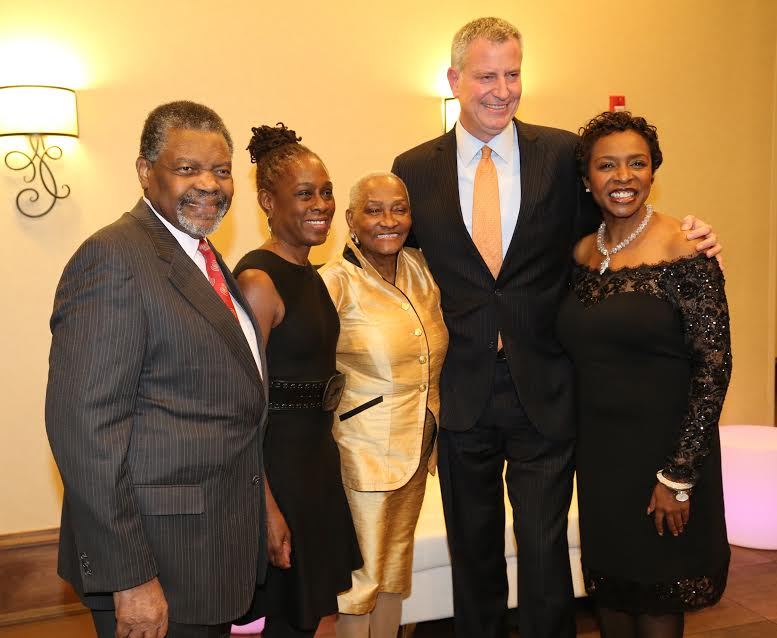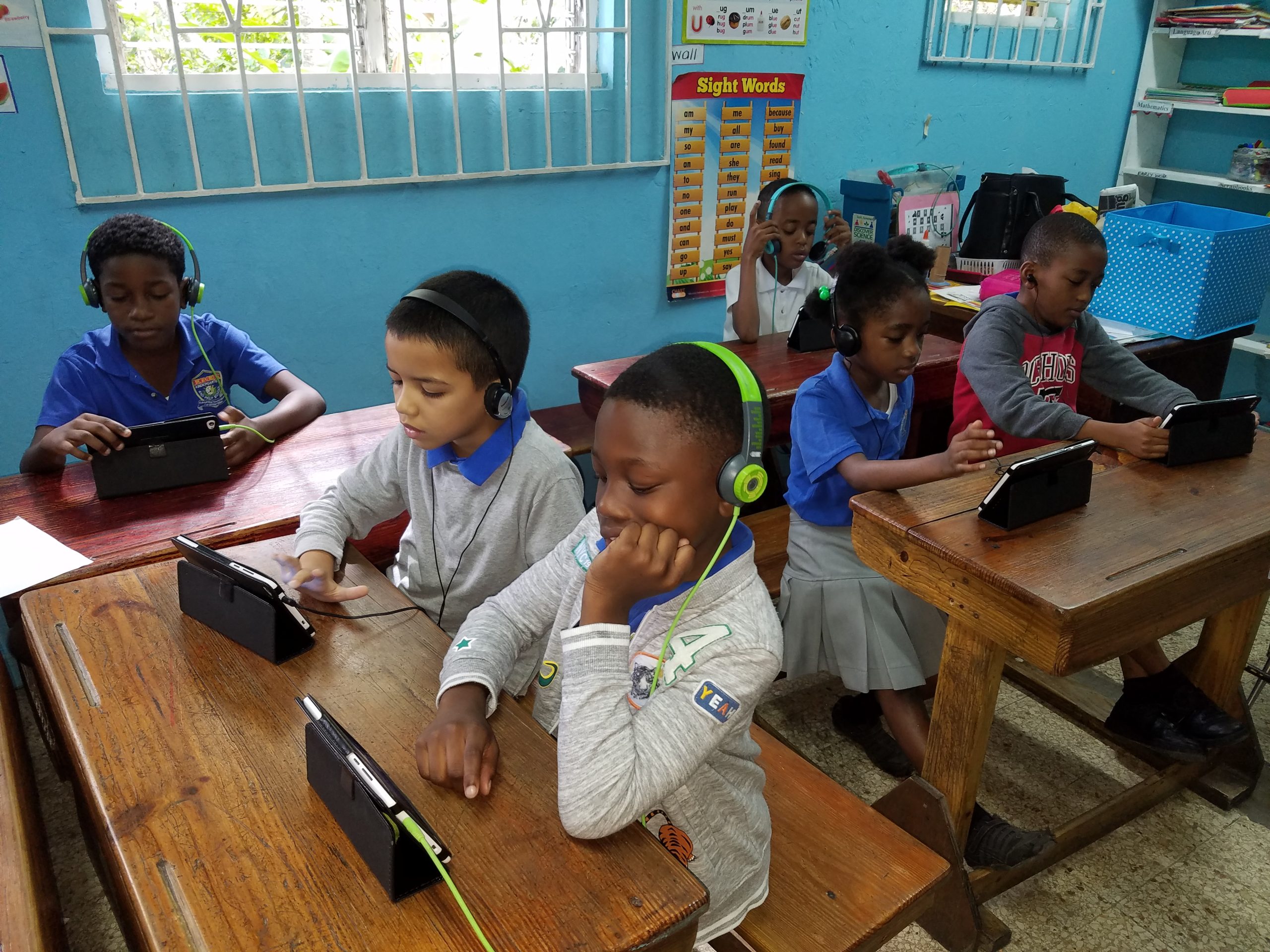The Beginning of Wisdom is Calling Things by Their Proper Name
By Marc Albritton
During the “old slavery days” African people endured, struggled and fought against the brutality of racism and white supremacy in the form of slavery so that their descendants would someday enjoy the dream of freedom. Although I cannot accurately interpret the machinations of the mind on another, we can safely assume that our enslaved ancestors would be in a state of disbelief, because long after chattel slavery has ended, we are still trapped in the jaws of badges and incidents of slavery. Moreover, we do not even possess the historical clarity to call it for what it is. Confucius knew that the beginning of wisdom was to first call things by their proper names.
After each attack, the typical analysis is: police or vigilante attack occurs, people are outraged, Sharpton appears with Attorney Benjamin Crump, Sharpton comes to town, people calm down, Sharpton leaves; repeat! However, that was not always the case. The previous analysis was: Attack occurs, people outraged, Sharpton appears with Attorneys Alton Maddox, Vernon Mason, and Colin Moore, perpetrators go to prison; relief! This was an exercise in critical thinking and systems analysis. Mason, Maddox, and Moore had no problem with calling it for what it was, a lynching. Lynching is the most insidious badge and incident of slavery.
In 2009, the lynching of Matthew Shepard, a white American, and James Byrd Jr. an African American paved the way for the Hate Crimes Prevention Act. This might have been just another “act” but in this case, the United States Congress made the following critical analysis. In a bold step forward it opined:
“Slavery and involuntary servitude were enforced, both prior to and after the adoption of the 13th amendment to the Constitution of the United States, through widespread public and private violence directed at persons because of their race, color, or ancestry, or perceived race, color, or ancestry. Accordingly, eliminating racially motivated violence is an important means of eliminating, to the extent possible, the badges, incidents, and relics of slavery and involuntary servitude.”
Section 1 of the Thirteenth Amendment states that “neither slavery nor involuntary servitude shall exist,” and, Section 2 gives Congress the power to eradicate it through legislative power.
One year after President Lincoln “freed the slaves” and ended the Civil War, U.S. Solicitor General Samuel F. Phillips declared:
“if a state directly imposed such an incident of slavery, that state action would be “plainly unconstitutional” and would “warrant, and even demand, legislation by Congress.” He then further asserted: “Every rootlet of slavery has an individual vitality, and, to its minutest hair, should be anxiously followed and plucked up.
In her paper Articles Defining Incidents and Badges of Slavery, Jennifer McAward writes: This aspect of Philips’ argument recognizes that severe bias against African Americans was an integral aspect of the slave system that did not cease to operate with emancipation. When that bias finds voice and force in the actions of community leaders and businesses that serve the public, it threatens to stoke public sentiment and contribute to the widespread custom that recreates a de facto institution of slavery where people of minority races are prevented from exercising the rights of free people. (p.586)
During slavery, a badge of slavery was any method of identification used to signify that the person identified, was a slave. The primary identifying symbol was skin color. After slavery, badges of slavery was expanded to encompass the systems employed by states to physically impose by force the return of mental, economic and physical slavery upon its former enslaved African population. In the case of Neal v. Farmer, the court cited incidents of slavery as the duty of slaves to be obedient to their masters, beatings, and arbitrary imprisonment. In Bryan v. Walton: the inability to testify against the word of whites along with incidents of public humiliation and degradation.
At this instant, it is not necessary to tick off the long litany of horrific police and extrajudicial lynching of black men, women, and children that have been captured on cell phone video and dash cams that have visited the African American diaspora in the span of five years previous. It is only necessary that we concede that this type of brutality is not visited upon white Americans. Most recently we were once again forced to process the beating of an unarmed black woman by no less than three armed, white male police in an Alabama Waffle House. Unfortunately for us, it is our inability to properly process this fact pattern that leads us to keep repeating the same tragic events. Here, it is claimed that two black women disputed the employee’s assertion that they pay separately for utensils. The employee called for police. When asked if the persons were male or female, the employee responded; “they’re black.” When police arrived they seized the black woman, slammed her to the floor, stripped her blouse, verbally and physically abused her, arrested and jailed her. All caught on camera.
In reference to events such as these and other horrific spectacles, acclaimed author and Judge Leon Higginbotham rhetorically asked and answered what many might be thinking at this point.
What does the beating of black litigants, in this case, have to do with the ‘badges and incidents’ of slavery? How can the attitudes of defendants be related to the institution of slavery which was eradicated more than 100 years ago?” The answer is that these racist acts are, as related to the incidents of slavery as each roar of the ocean is related to each incoming wave. Slavery was an institution which was sanctioned, sustained, encouraged and perpetuated by federal constitutional doctrine. Today’s conditions on race relations are sequelae and consequence of the pathology created by this nation’s two and a half centuries of slavery. (P.598- McAward)
If we are to extricate ourselves from the throws of police brutality, vigilante justice, and racist attacks we must employ critical thinking and systems analysis to label things by their proper name. These horrid scenes that continue to assail the body, minds, and souls of black people can only begin to be properly addressed when we remove the scorn and shame of our wretched past and courageously lay claim to it and correctly identify its continuing badges, incidents, and vestiges. We must confront our incorrect assessments and encourage our activists, elected representatives, and legal community to take a new approach to our condition and formulate some new and novel remedies. The old ones are obviously are not working or at the very least, not being properly applied. A new look at the strategic use of The Thirteenth Amendment’s section 1 prohibition and section 2 powers is urgent and necessary. Therefore because of its unique and applicable judicial architecture, it is most qualified to yield the best results because in its language and usage, it “abolishes slavery entirely . . . . It abolishes its root and branch. It abolishes it in the general and the particular. It abolishes it in length and breadth and then in every detail. . .. Any other interpretation belittles the great amendment and allows slavery still to linger among us in some of its insufferable pretensions.” Senator Charles Sumner – Circa 1866.
























